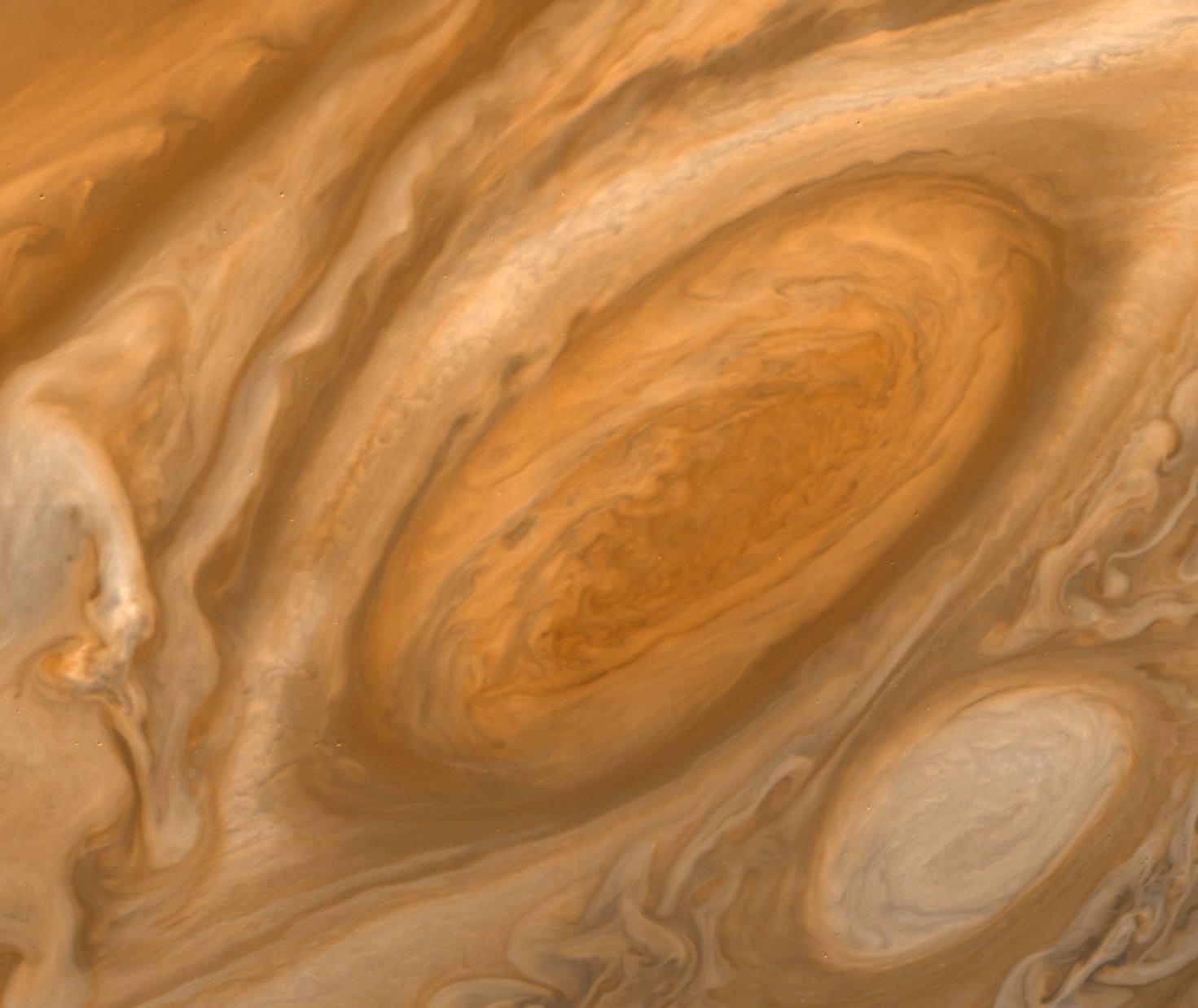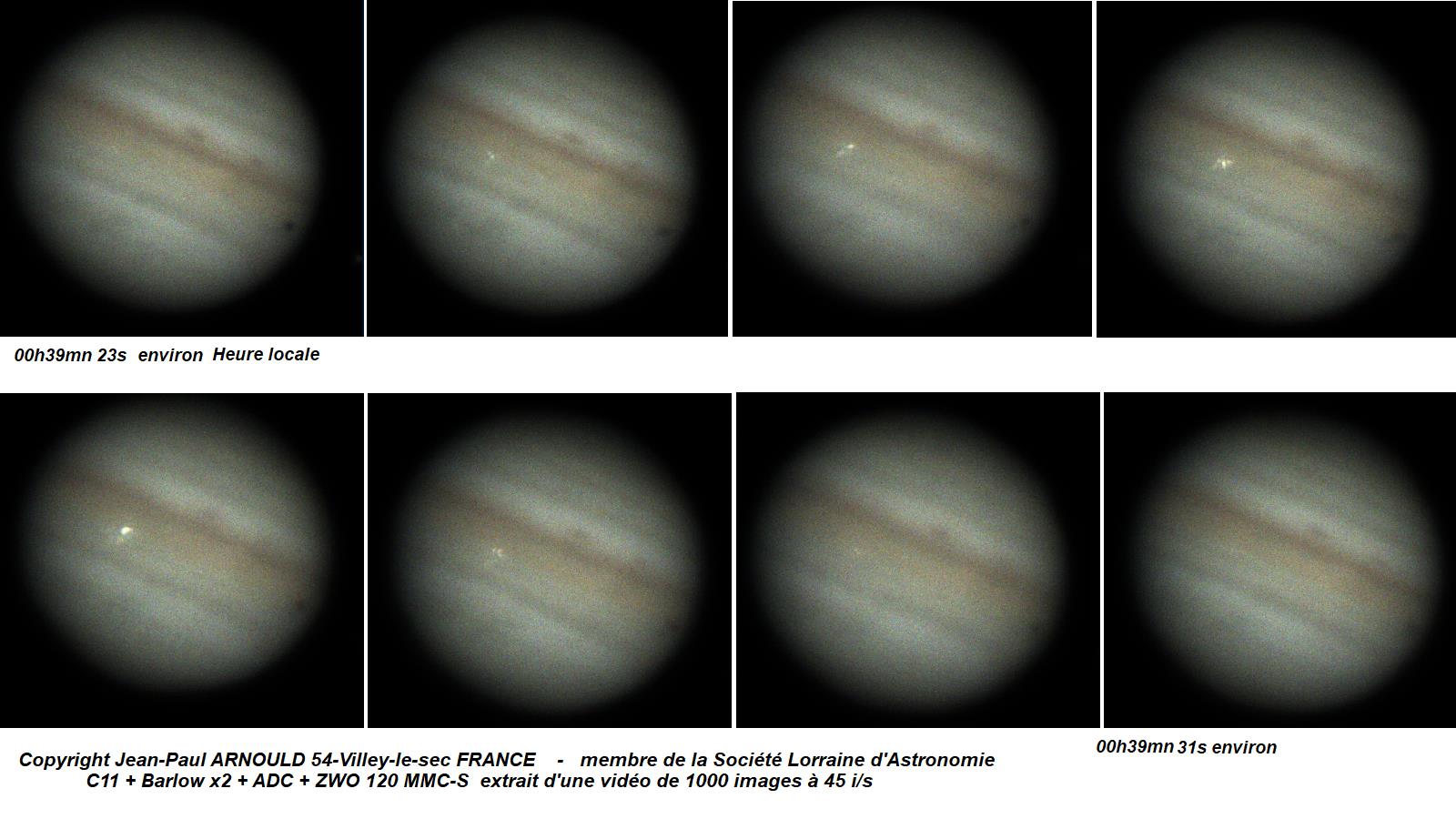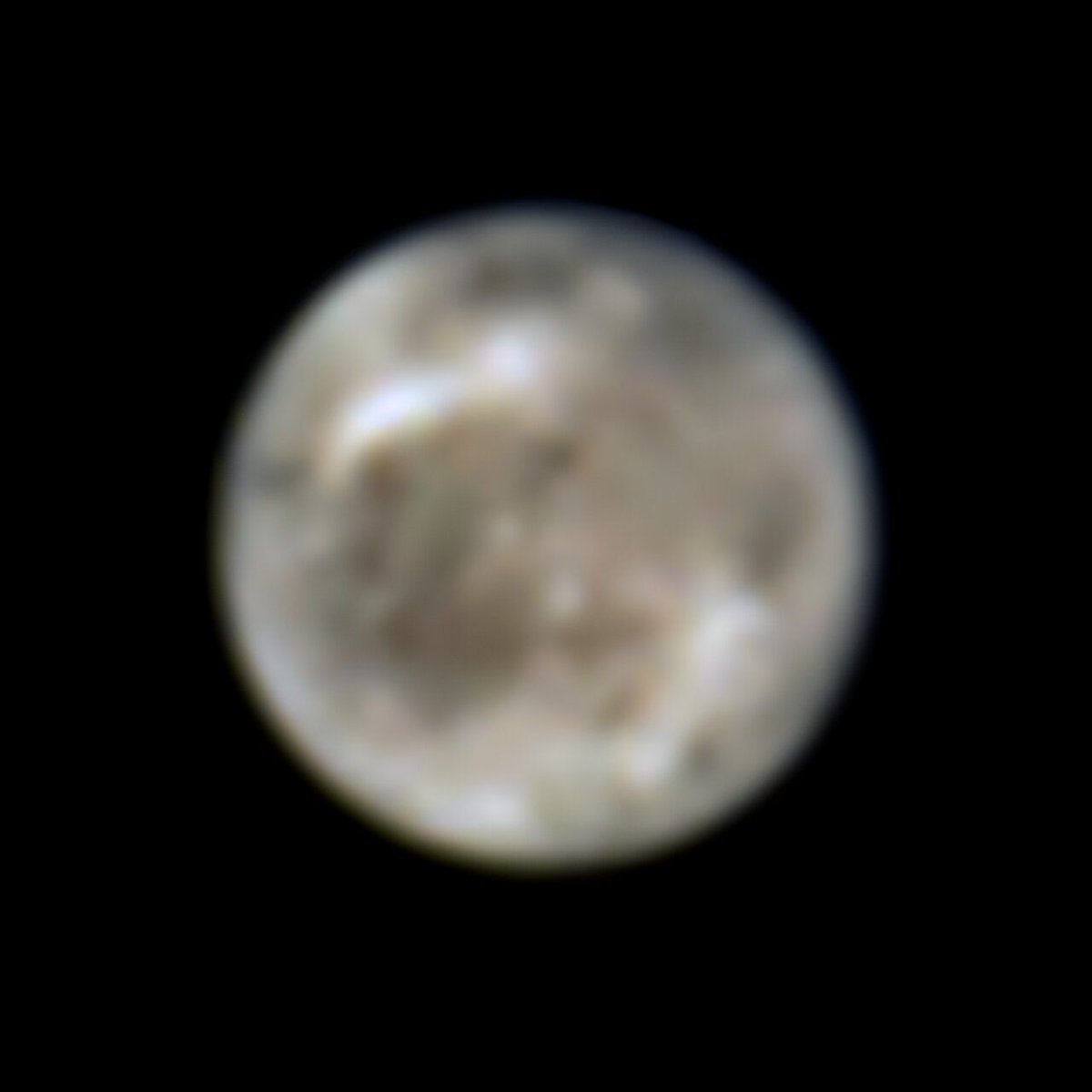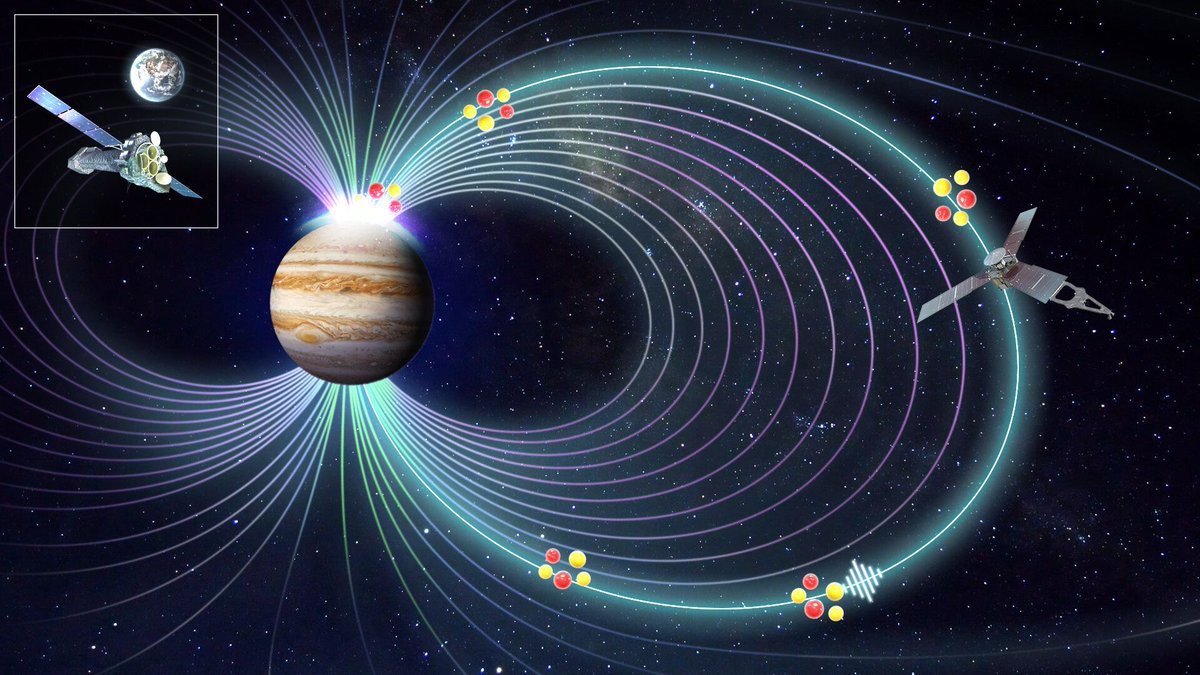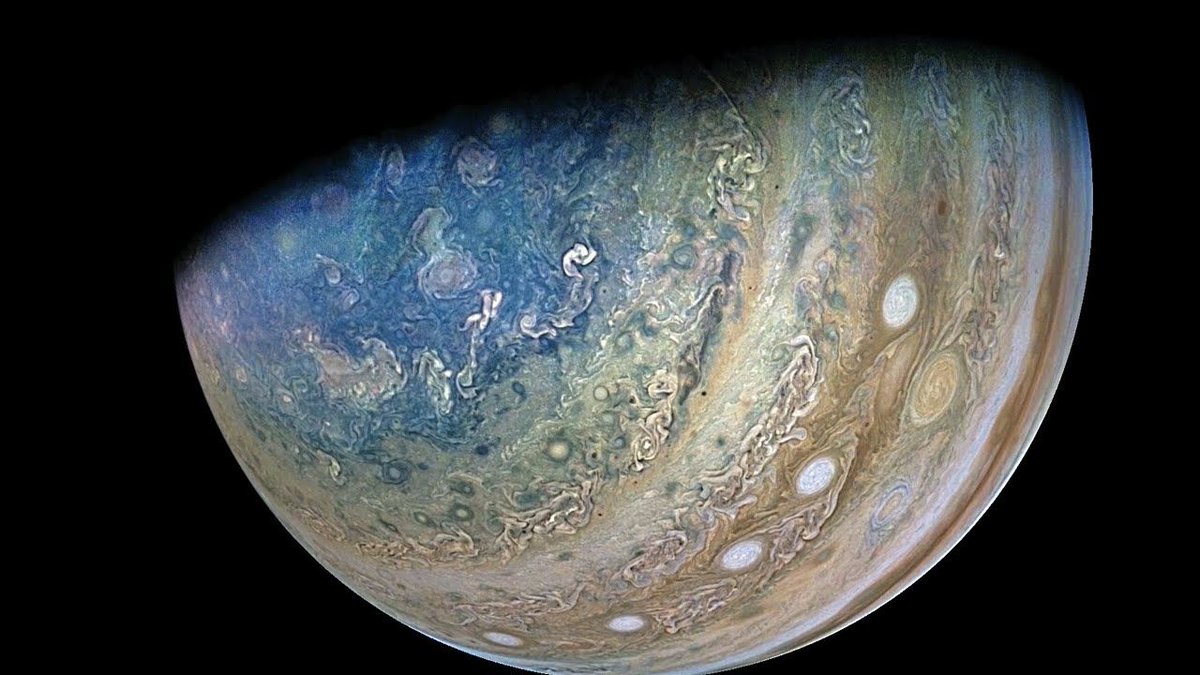Many papers are usually released at once for big space exploration missions. Usually, that happens when an entire batch of data has been analyzed. The most recent set of papers is from Juno’s explorations of Jupiter’s atmosphere. With this data dump, scientists now have the first 3D map of the atmosphere of the solar system’s largest planet.
Continue reading “Juno Peers Beneath Jupiter’s Clouds to Reveal its Complex Atmosphere”With no Solid Surface, the Atmosphere of Jupiter Behaves Quite Differently Than Earth
Jupiter’s atmosphere has plenty of distinct features, including lightning and the Great Red Spot. But the underlying processes that drive these features are less well understood, as the physics of the gases that make up Jupiter’s atmosphere is complicated. A team of scientists from all over the globe has found a familiar process in all the chaos, though. They think a process that happens here on Earth might be happening on a grander scale at Jupiter.
Continue reading “With no Solid Surface, the Atmosphere of Jupiter Behaves Quite Differently Than Earth”Wind Speeds in Jupiter’s Great Red Spot are Picking up
The Great Red Spot of Jupiter – the largest storm in the solar system – has been raging for centuries. Over the past 100 years however, the cyclone has been dwindling, but recent observations with Hubble show that the wind speeds may be picking up again. Is this just temporary, or will the storm return to its former glory?
Continue reading “Wind Speeds in Jupiter’s Great Red Spot are Picking up”NASA Spacecraft Takes a Picture of Jupiter … From the Moon
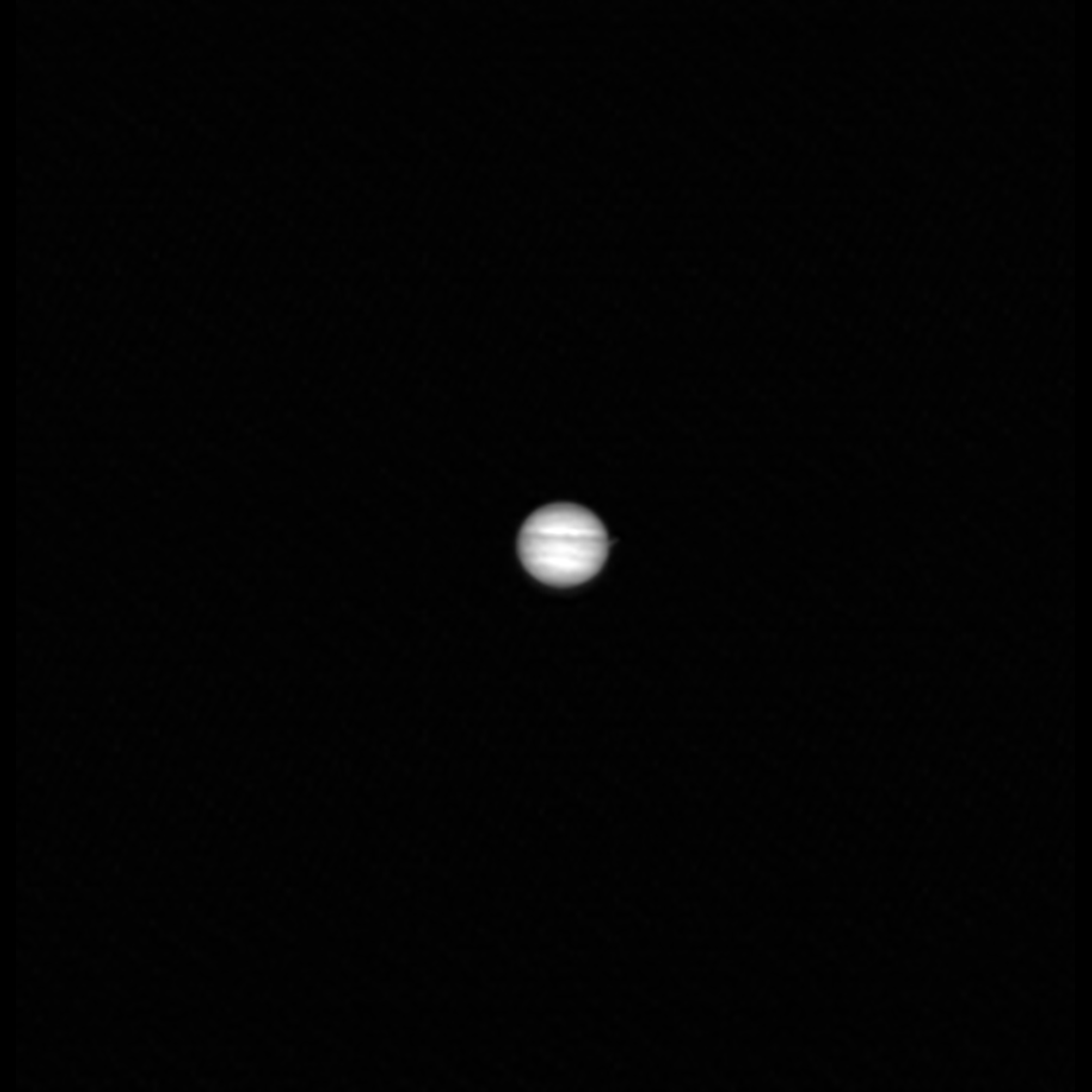
You know the feeling …. seeing Jupiter through your own telescope. If it gives you the chills — like it does for me — then you’ll know how the team for the Lunar Reconnaissance Orbiter felt when they turned their spacecraft around – yes, the orbiter that’s been faithfully circling and looking down at the Moon since 2008 – and saw the giant planet Jupiter with their camera. If you zoom in on the picture, you can even see Jupiter’s Galilean moons.
Continue reading “NASA Spacecraft Takes a Picture of Jupiter … From the Moon”Something big Just hit Jupiter!
In 1994, the Comet Shoemaker-Levy 9 (SL9) impacted Jupiter, which had captured the comet shortly before (and broken apart by its gravity). The event became a media circus as it was the first direct observation of an extraterrestrial collision of Solar System objects. The impact was so powerful that it left scars that endured for months and were more discernible than Jupiter’s Great Red Spot.
Since then, astronomers have observed multiple objects impacting Jupiter, and it is expected that such impacts happen all the time (though unobserved). On September 13th, 2021, at 22:39:30 UTC (06:39:30 PM EDT; 03:39 PM:30 PDT), another impact was observed by multiple astronomers across the world. Images and a video of the impact (shown below) were captured by members of Société Lorraine d’Astronomie (SLA) in France.
Continue reading “Something big Just hit Jupiter!”Here’s What it Would Be Like to Fly Low Over Jupiter’s Cloudtops
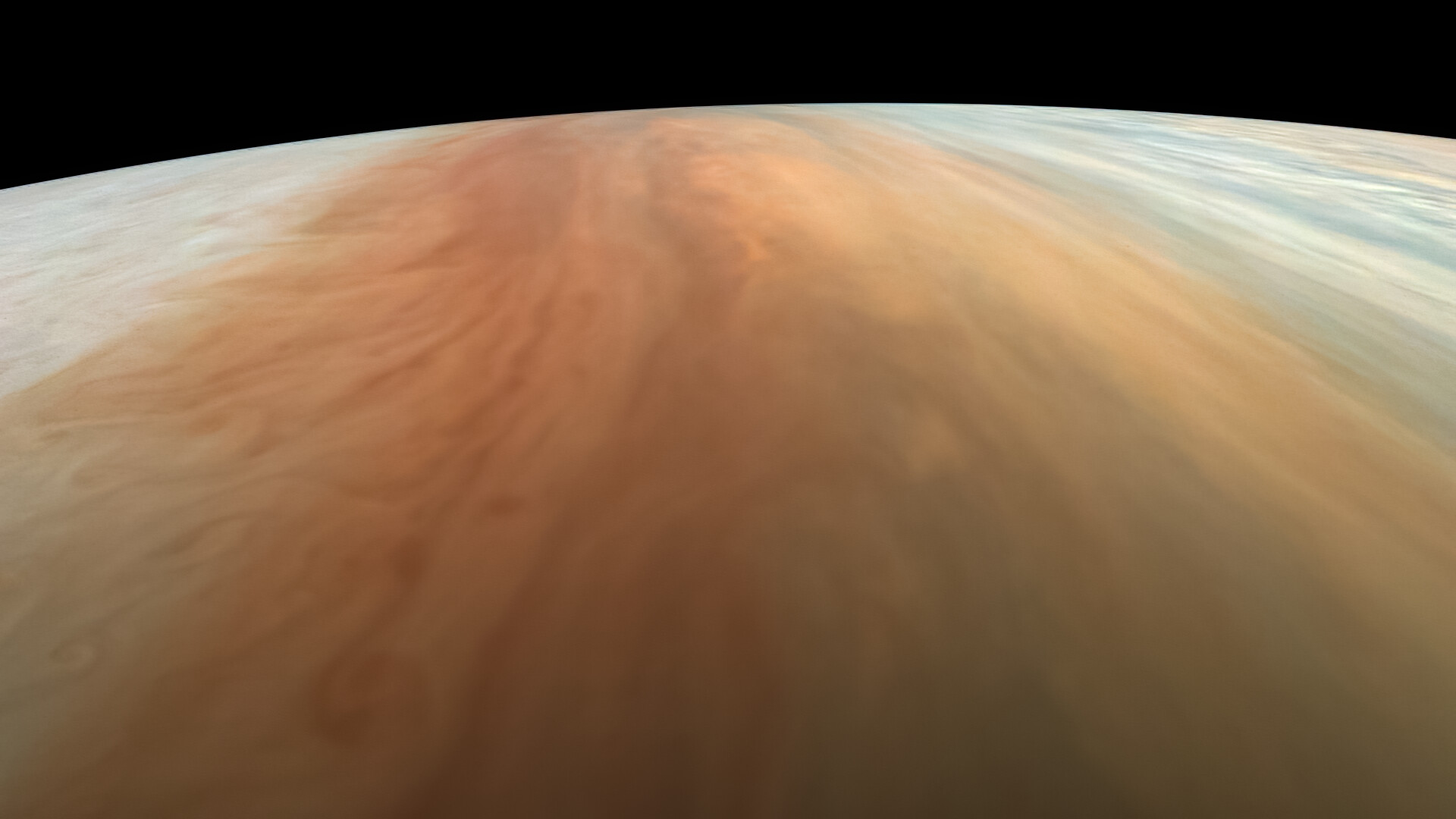
During Juno’s extended mission, every orbit is like a new adventure. Each orbit is a little different, and NASA says the natural evolution of Juno’s orbit around Jupiter provides a wealth of new science opportunities.
But for most of us, what we look forward to on every perijove – the point in each orbit where the Juno spacecraft comes closest to the gas giant – are the incredible images taken by the camera on board, JunoCam. As Juno’s “eyes,” the camera provides a unique vantage point no other spacecraft has been able to give us.
Continue reading “Here’s What it Would Be Like to Fly Low Over Jupiter’s Cloudtops”Ganymede in Infrared Taken During Juno’s Most Recent Flyby
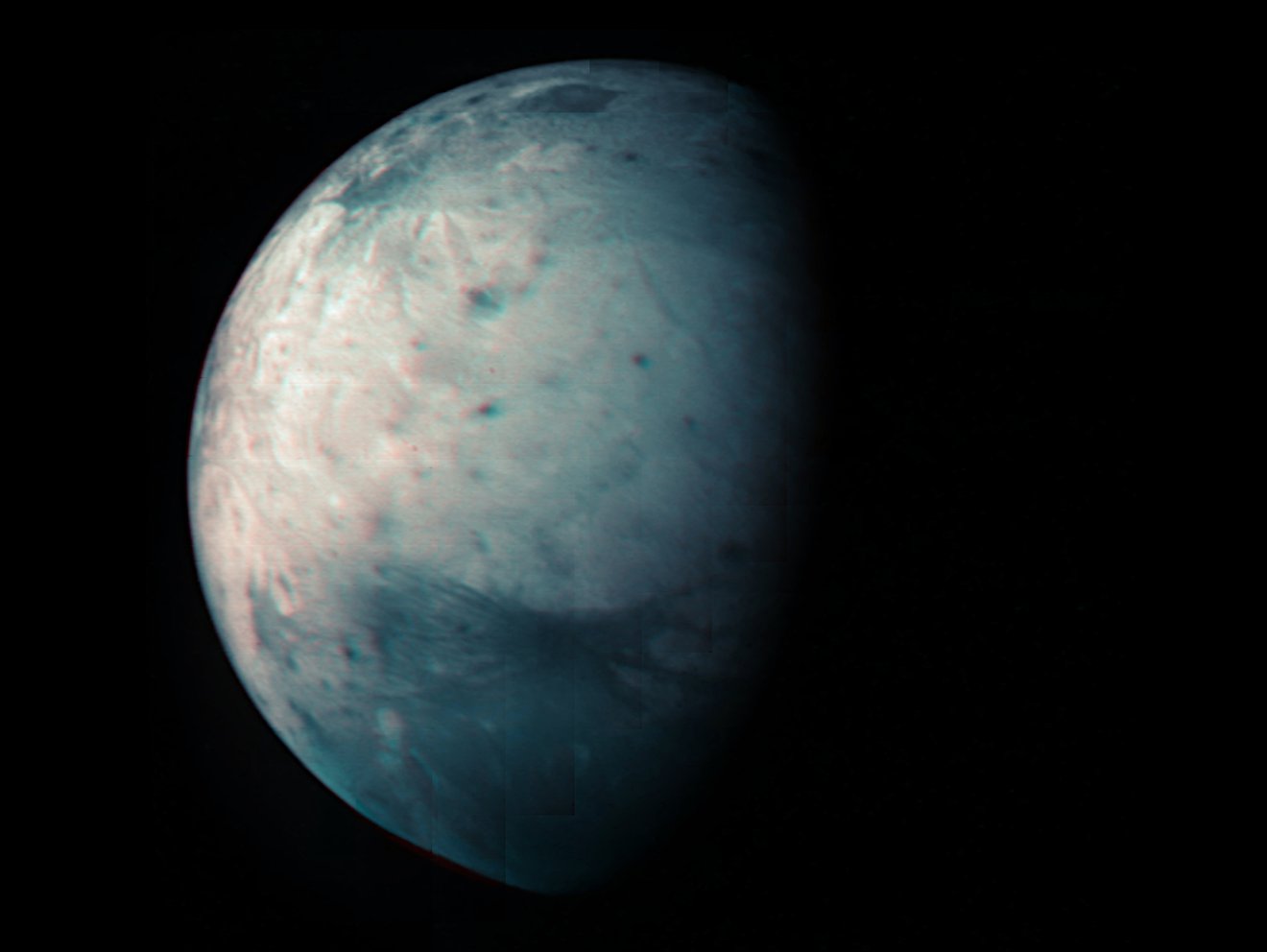
On July 20th, 2021, NASA’s Juno spacecraft conducted a flyby of Jupiter’s (and the Solar System’s) largest moon, Ganymede. This close pass was performed as part of the orbiter’s thirty-fourth orbit of the gas giant (Perijove 34), which saw the probe come within 50,109 km (31,136 mi) of the moon’s surface. The mission team took this opportunity to capture images of Ganymede’s using Juno’s Jovian Infrared Auroral Mapper (JIRAM).
These were combined with images acquired during two previous flybys to create a new infrared map of Ganymede’s surface, which was released in honor of the mission’s tenth anniversary (which launched from Earth on Aug. 5th, 2011). This map and the JIRAM instrument could provide new information on Ganymede’s icy shell and the composition of its interior ocean, which could shed led on whether or not it could support life.
Continue reading “Ganymede in Infrared Taken During Juno’s Most Recent Flyby”Water Vapour has Been Discovered at Ganymede
Ganymede has been getting alot of attention lately. It was the co-star of a video from Juno recently, and now scientists found something to make it an even more intriguing place visit – water vapor.
Continue reading “Water Vapour has Been Discovered at Ganymede”Ions Surf Through Jupiter’s Magnetic Field, Triggering its Auroras
Auroras come in many shapes and sizes. Jupiter is well known for its spectacular complement of bright polar lights, which also have the distinction of appearing in the X-ray band. These auroras are also extreme power sources, emitting almost a gigawatt of energy in a few minutes. But what exactly causes them has been a mystery for the last 40 years. Now, a team used data from a combination of satellites to identify what is causing these powerful emissions. The answer appears to be charged ions surfing on a kind of wave.
Continue reading “Ions Surf Through Jupiter’s Magnetic Field, Triggering its Auroras”This is the View From Juno During its Flyby of Ganymede and Jupiter
Visualizations shape how we perceive space exploration. Whether it’s the Pale Blue Dot, the Hubble Ultra Deep Field, Earthrise, or any other myriad images captured as part of this great endeavor, they all help inspire the next generation of explorers. Now, with advances in image capture and processing technology, we can finally start to take the next step in those visualizations – video. Ingenuity was recently captured on video during its first flight a few months ago. And this week, NASA released a breathtaking video of Juno’s view of Jupiter and Ganymede, one of its moons, as it flew past the gas giant.
Continue reading “This is the View From Juno During its Flyby of Ganymede and Jupiter”


